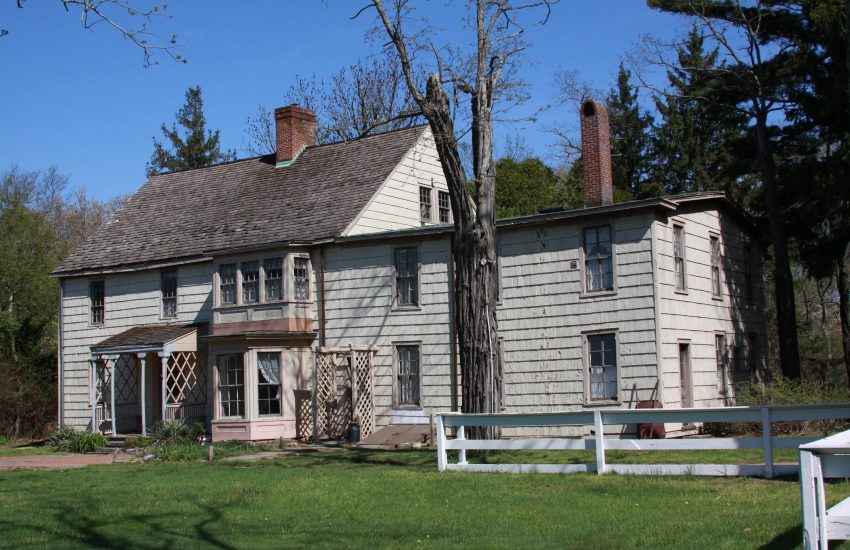GORGEOUS COPPERY BEAUTY
Iris germanica Copper Classic
Note: while i do not find Copper Classic on Amazon, I do find many other varieties
Pros: easy to grow, lovely, hardy, returns year after year, does not need a lot of care or attention
Cons: My favorite flower; wish blossoming time were year round
Botanical Name for this lovely Iris germanica : Copper Classic. One of the Tall Bearded Iris varieties, Copper Classic, is a stunning, welcome, member of the sunbeam toned Iris I have growing in my golden hued planting pocket.
Over the years since moving to the Kansas Oklahoma border region I have done my best to eliminate grass from the yard surrounding our house and develop a number of planting areas filled with Iris and Lilies and some perennial cultivars to assure as much colorful blossoming as possible.
Some beds are color toned, and others are diverse shades and would be hard pressed to say which I prefer.
Blooming from mid to late spring this cultivar produces blossom stalks standing about 35 inches tall from a fan of green spiky leaves atop a thick hearty Rhizome. While well drained loamy soil is preferred; iris tend to be pretty tolerant of a wide range of soils. The thick muck of this clay muck in our yard, and ancient sea bed according to history books has been accepted by most of the iris I have set into it. I continue adding mulch, leaves and etc each season, however I do not expect to ever see any true loam suddenly appear at the base of the corms.
I am happy neither Bambi, Ardillo the squirrel nor Hasenpfeffer show any interest in this Deer Resistant cultivar. I like every Iris I have ever seen from Dutch and Louisiana, however my all time favorite is the German, Bearded Iris.
Perennial Hardiness in Zones 4-9 is optimum, however, I plant Iris wherever I go and have yet to have any refuse to thrive.
I find partial sun to be a good site for my more delicate toned blossoms, full sun is tolerated most years if summer does not blast into hot too quickly. These beauties offer a mingle of melony, coppery russet, and ginger shades with the standards, upright petals showing more melon and the falls, downward drooping petals presenting more of the ginger. Foliage comprised of verdant, sword-like fans of firm upright leaves will experience some dying back in colder climates during winter.
I trim blossom stalks when blossoms are spent and cut the leaves into short straight topped fans during fall, detritus is added to compost pile for adding to soil come spring.
I find excessive heat, rain and/or shade will reduce or prevent flowering. Good soil drainage is essential to prevent rhizomes from rotting; this year has been an excessively rainy one here in the middle of the continent. It has been an uphill battle to keep rhizomes in good condition. Raised beds at least 6 inches high to aid proper drainage may have to be considered for future. The tight clay soil has been keeping rhizome very wet despite organic matter integrated to develop better drainage.
Iris blooms materialize in an extensive spectrum of colors from white, yellows, pinks, reds blues and very shade in between; with new types being introduced yearly. Avid aficionados of Bearded Iris try their hand at producing a new color, ongoing. Most bearded iris flower in the spring, and the lovelies are showy for a while and disappear all too soon. I am excited that some of the newer cultivars are beginning to re-flower in the summer or fall. While the second flowering may not be as profuse as was the spring display it does serve to prolong the blossoming into the fall.
As an added plus; many re-blooming iris are fragrant. Rhizome clumps should be lifted and broken apart for replanting every 3 – 4 years.
Bearded irises are classified by height: miniature dwarf – height 8 inches or less, and having 1 to 2 inch diameter flowers, standard dwarf -height 8 to 15 inches, intermediate -height 16 to 27 inches, miniature tall -height 16 to 25 inches, border -height 16 to 27 inches, and tall – height 28 to 38 inches.
The shorter Iris blossom first, followed by the intermediate, and finally the taller cultivars.
I like to fill my planting beds with many fans having blossom stalks of varying height to assure as much blossom display as possible. As I begin a new planting area I like to place taller Iris varieties as the focal point of the display along with taller daisies or other sturdy complimentary cultivars or against a wall where pummeling wind will not cause so much damage. While the blossom stalks are sturdy nothing much can withstand the winds here in tornado alley whether during tornado season or not.
I use a variety of wire devices for holding stems upright and I like to center my taller blossom stalks to assure they will not break during wind events. I find placing shorter specimens around the taller ones too helps to keep the taller stalks upright and blossoms safe. Nothing can save fragile blossoms should hail accompany the wind.
While really strong winds and/or tornados tend to appear during times other than Iris blooming time; as a rule I begin an Iris/Lilly bed near trees or bushes as an added safety measure during all wind.
On the whole I place rhizomes with a part of the crown of the corm showing and roots spread across amended soil below. I cover roots and lower portion of the tuber with deteriorated compost material, potting soil, wood chips and the like. NOTE: often should Rhizomes be planted too deeply they will tend to produce abundant foliage, however they may not blossom well.
Iris germanica Copper Classic is available from a variety of online sites, Brecks is one, as well as from garden shops and stores offering rhizomes during season. Rhizomes are shipped at the proper time for planting in the particular planting zone from which it is requested.
I find that while rain does not cause much damage to blossoms; pounding wind or hail will do a good bit of damage particularly if the planting bed is in the open without some sheltering of buildings or trees near by.
Happy to recommend this full-bodied, dazzling and sunny tone Tall Bearded Iris, Iris germanica Copper Classic.















